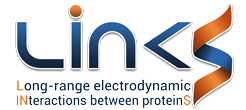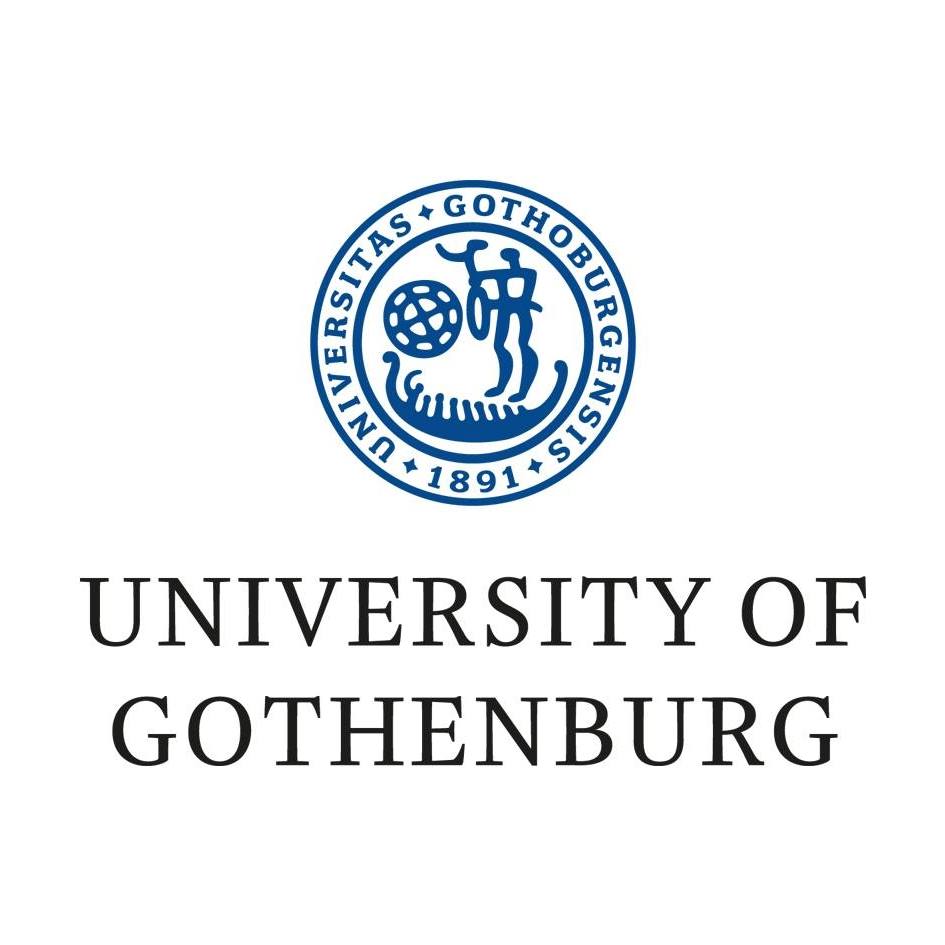PhD studentship in molecular biophysics
Ref PAR 2021/1541
The University of Gothenburg tackles society’s challenges with diverse knowledge. 53 500 students and 6 500 employees make the university a large and inspiring place to work and study. Strong research and attractive study programmes attract scientists and students from around the world. With new knowledge and new perspectives, the University contributes to a better future.The department is responsible for postgraduate education in the subject area Natural Sciences with a focus on chemistry, biophysics, biology and educational science. In addition, the department hosts educational programs in molecular biology, genomics and systems biology, chemistry, organic chemistry and pharmaceutical chemistry, as well as prescription education. The department collaborates with various societal actors such as schools, business and authorities. The Department of Chemistry and MoleculaThe Department of Chemistry and Molecular Biology conducts high-quality research and education in chemical sciences and molecular life sciences. Our research and education focuses on a deep understanding of chemical and biological processes in cells and in the environment.
We address important societal issues such as antibiotic resistance, cancer, brain diseases, environmental problems and climate change. In this way, we contribute to achieving the UN’s global goals for sustainable development in the areas of good health and well-being, sustainable energy for all, sustainable cities and communities, and combating climate change.
The department is an international environment with interdisciplinary collaborations in both research and education, and contributes strongly to the University of Gothenburg’s top ranking in life science.r Biology has around 200 employees. We are located in central premises both on Campus Johanneberg and on Campus Medicinareberget in Gothenburg.The Katona group studies the fastest atomic motions in proteins with time resolved X-ray crystallographic and terahertz spectroscopic techniques. They employ machine learning techniques in addition to conventional statistical analysis to detect and quantify concerted atomic motions.This research aims to explain the physical mechanism behind the formation of biological structures and the action of biological macromolecules. The formation and maintenance of biological structures and operation of these molecular machines occurs through the combination of about a trillion step per second, therefore the direction and magnitude of these steps are very important to understand.The research is performed at large scale facilities such as the MaxIV synchrotron and ELI Beamlines. The Katona group collaborates with research groups from Montpellier, Marseilles and Frankfurt in the frame of a Horizon 2020 Future and Emerging Technologies Open project (LINkS) aimed to utilize terahertz electrodynamics to study long range interaction between proteins.
For more information and to apply, click here.
Closing date: 2022-01-15

